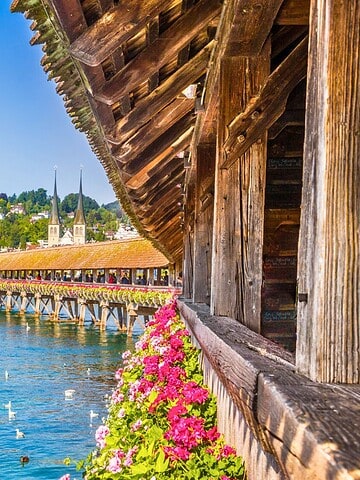Japan is far more than the bright lights and bustling streets of its capital. Beyond Tokyo, there are must-visit cities that reveal the country’s quieter, more intimate side. These destinations combine centuries of history, stunning scenery, and authentic local traditions that showcase Japan’s remarkable diversity. From serene temples and charming old towns to modern art hubs and coastal escapes, these cities let travelers experience Japan’s culture and beauty at a slower, more immersive pace.
With these must-visit cities beyond Tokyo, it’s easy to uncover a deeper side of Japan that many overlook. Whether exploring Kyoto’s timeless streets, soaking in hot springs in Hakone, or walking through the peaceful gardens of Kanazawa, every stop paints a different picture of the country’s soul. So, pack a camera, embrace curiosity, and let Japan surprise you—one city at a time.
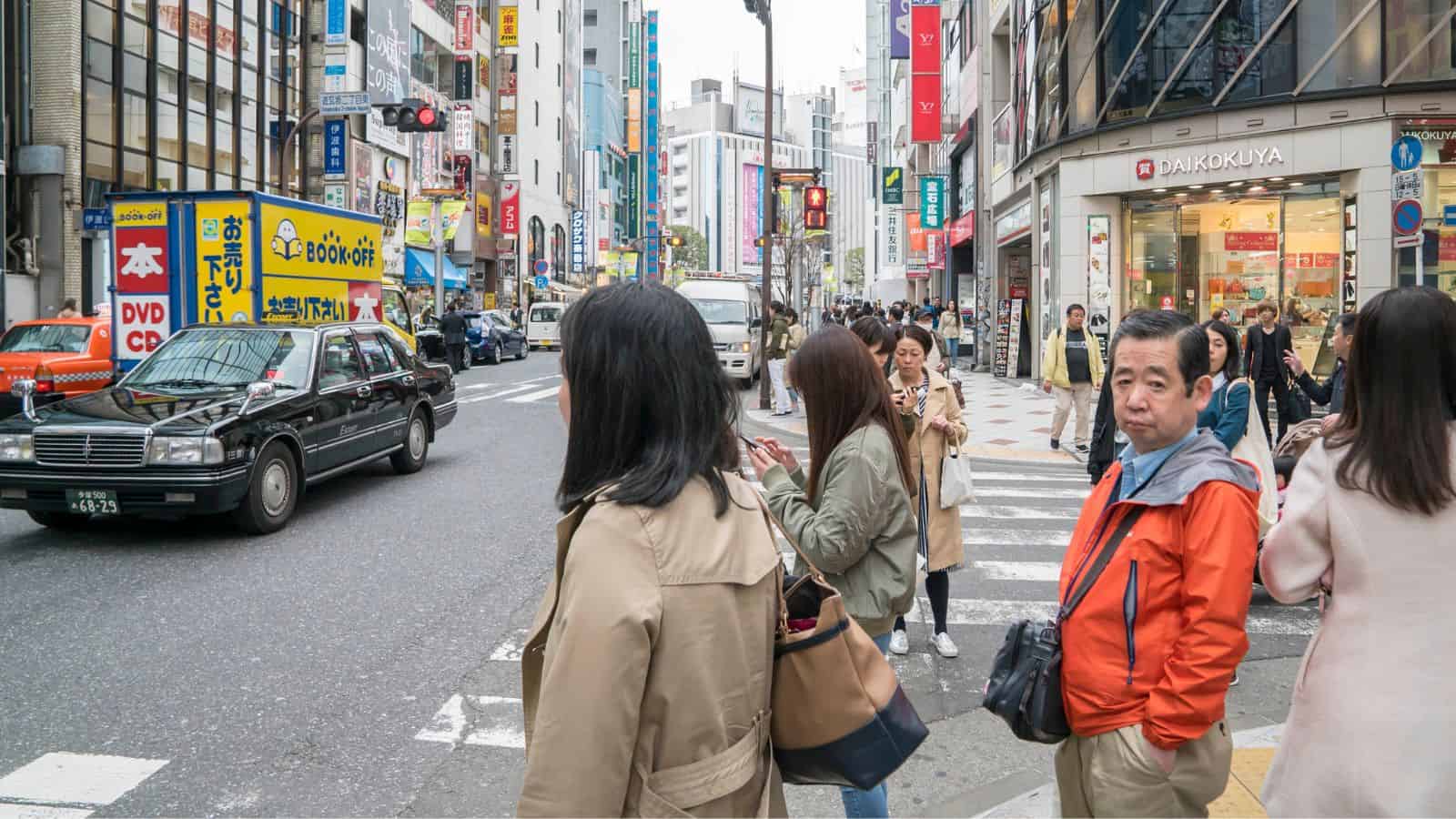
Kyoto

Once Japan’s imperial capital, Kyoto remains the country’s cultural heart. The city’s hundreds of temples, shrines, and gardens offer a serene counterpoint to Tokyo’s pace. Visitors can wander through the golden Kinkaku-ji, the vermilion gates of Fushimi Inari Taisha, and the tranquil bamboo groves of Arashiyama. Traditional tea houses, geisha districts like Gion, and seasonal beauty—especially the spring cherry blossoms and autumn foliage—add to its timeless charm. Kyoto balances history and modern comfort, giving travelers a deep sense of Japanese heritage in every corner. It’s the ideal city for reflection, culture, and quiet exploration.
Osaka

Osaka is Japan’s kitchen and one of its most vibrant cities. Known for its friendly locals and lively energy, it’s a paradise for food lovers—home to takoyaki (octopus balls), okonomiyaki (savory pancakes), and bustling street markets. The Dotonbori district glows with neon lights, riverside eateries, and constant motion, while Osaka Castle and the Umeda Sky Building add cultural and architectural highlights. The city’s humor, nightlife, and warmth make it feel distinctly down-to-earth compared to Tokyo’s polish. With easy access to Universal Studios Japan and Nara’s deer parks, Osaka captures both playful and authentic sides of modern Japan.
Hiroshima
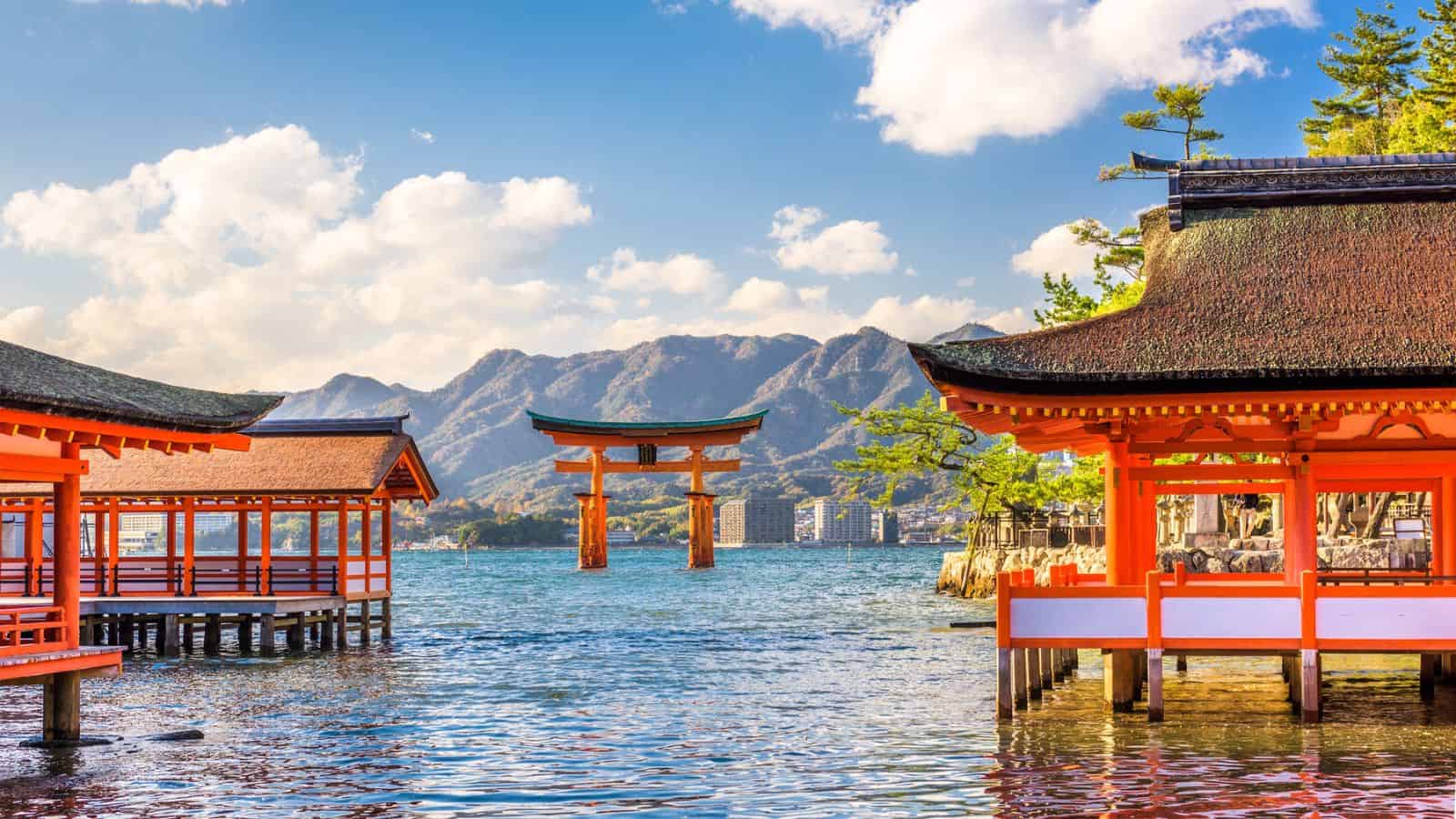
Hiroshima is a city of resilience, remembrance, and renewal. Once destroyed during World War II, it now stands as a powerful symbol of peace. The Peace Memorial Park and Museum deeply move visitors, while the iconic Atomic Bomb Dome remains a quiet reminder of the past. Beyond its history, Hiroshima has a thriving food scene—especially its layered okonomiyaki—and a relaxed riverside charm. Nearby Miyajima Island, with its floating torii gate and tame deer, adds natural beauty to the experience. Hiroshima’s balance of reflection and vitality makes it one of Japan’s most meaningful and hopeful destinations.
Kanazawa
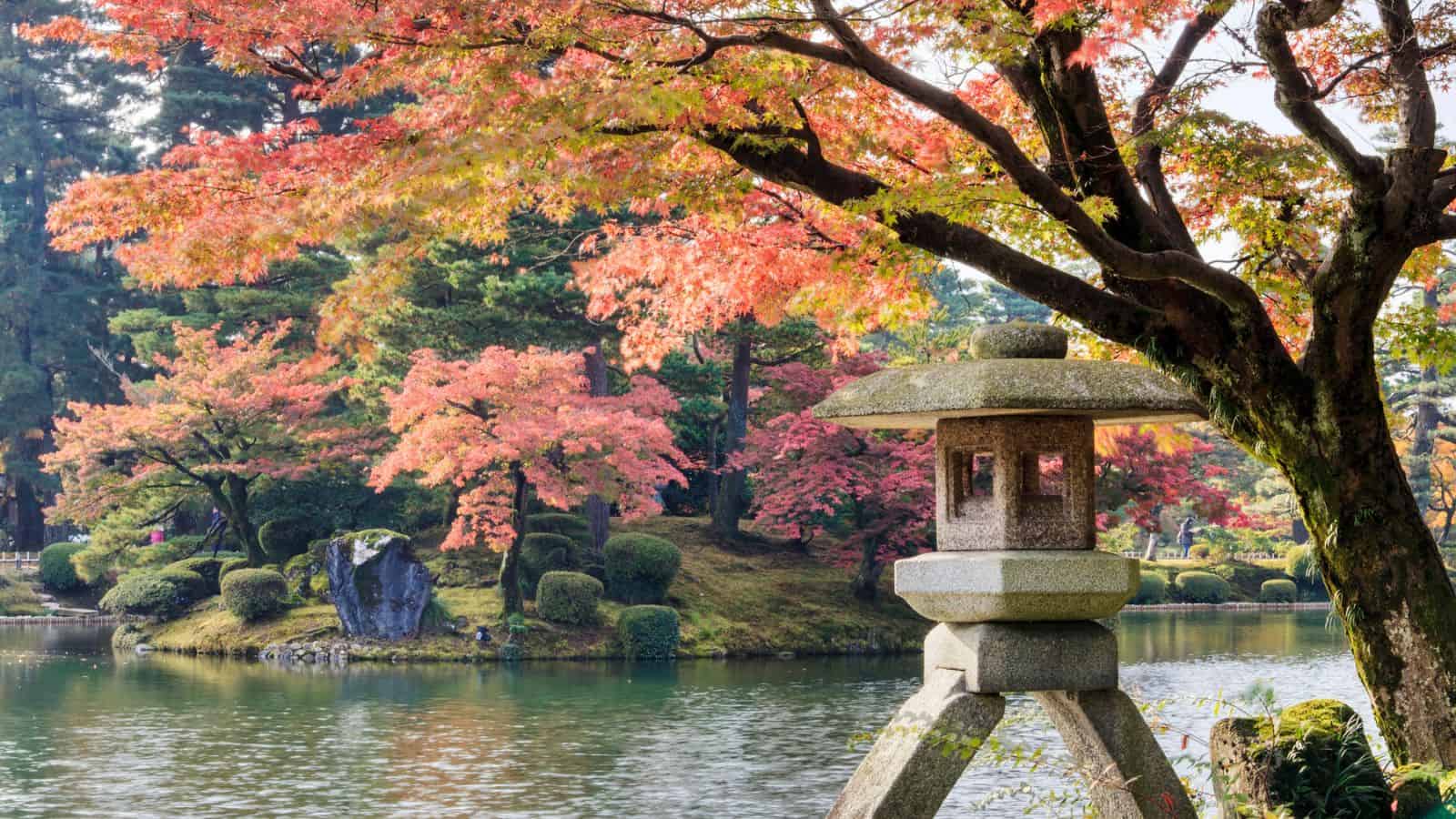
Kanazawa offers the elegance of Kyoto without the crowds. Its well-preserved samurai and geisha districts—Nagamachi and Higashi Chaya—invite slow exploration along cobblestone streets and wooden teahouses. The city’s crown jewel, Kenrokuen Garden, is among Japan’s finest, changing character beautifully with each season. Kanazawa’s museums highlight both traditional crafts and modern art, and the Omicho Market bursts with fresh seafood from the nearby Sea of Japan. A mix of old-world charm and youthful creativity gives Kanazawa a balanced, authentic atmosphere that feels both refined and approachable. It’s a city where Japan’s artistry and everyday life meet seamlessly.
Nara
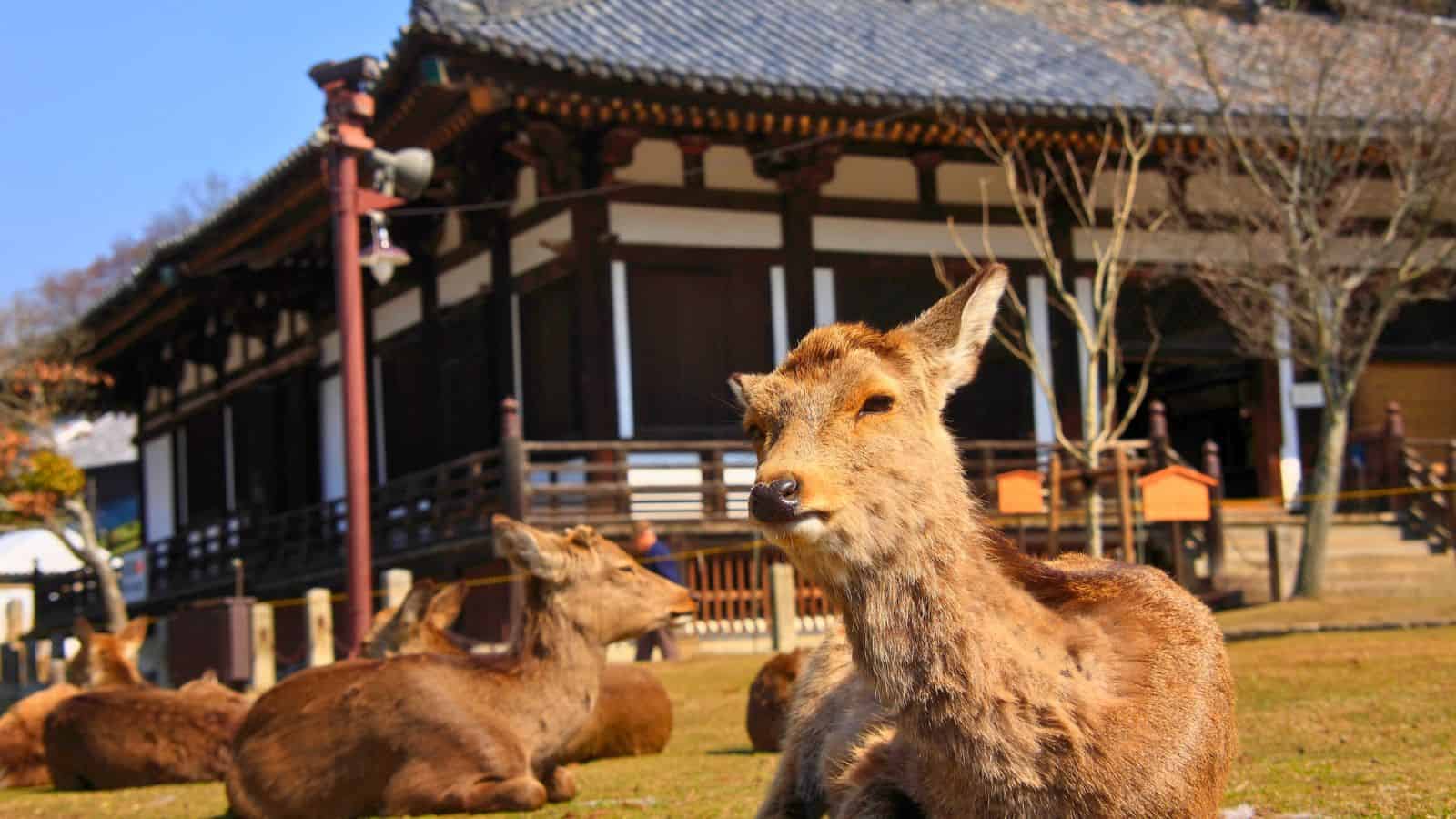
Nara, Japan’s first permanent capital, feels peaceful and deeply rooted in history. The city is famous for Nara Park, where friendly deer wander freely among ancient temples. The Great Buddha of Todai-ji, one of the world’s largest bronze statues, sits within an immense wooden hall that inspires awe. Smaller temples like Kasuga Taisha and gardens like Isui-en offer quiet moments for reflection. Compact and easy to walk, Nara makes an ideal day trip from Osaka or Kyoto. The city’s spiritual atmosphere and balance of nature, history, and gentleness make it an unforgettable stop for travelers seeking calm and wonder.
Fukuoka

Fukuoka, on Japan’s southern island of Kyushu, is known for its coastal charm, open-air food stalls, and warm hospitality. The city blends modern architecture with relaxed seaside living. Local yatai stalls serve ramen, skewers, and beer late into the night, creating an inviting street food culture. Canal City, a shopping complex with waterfalls and nightly shows, adds a touch of urban flair. Fukuoka also serves as a gateway to Kyushu’s hot springs and mountain towns, making it perfect for extended exploration. With mild weather, friendly locals, and a vibrant food scene, Fukuoka feels like Japan’s cheerful southern welcome.
Sapporo

Want to save this?
Located on the island of Hokkaido, Sapporo is a winter wonderland and a year-round destination for outdoor enthusiasts. The city hosts the famous Snow Festival each February, featuring enormous ice sculptures and illuminated displays. In warmer months, its parks and nearby mountains offer hiking, cycling, and picnicking. Sapporo’s beer, miso ramen, and fresh seafood reflect Hokkaido’s bounty. Wide streets and a relaxed pace give it a different rhythm from mainland Japan. Whether visiting for snow sports, summer festivals, or food adventures, Sapporo combines urban comfort with easy access to nature’s grandeur.
Nagoya
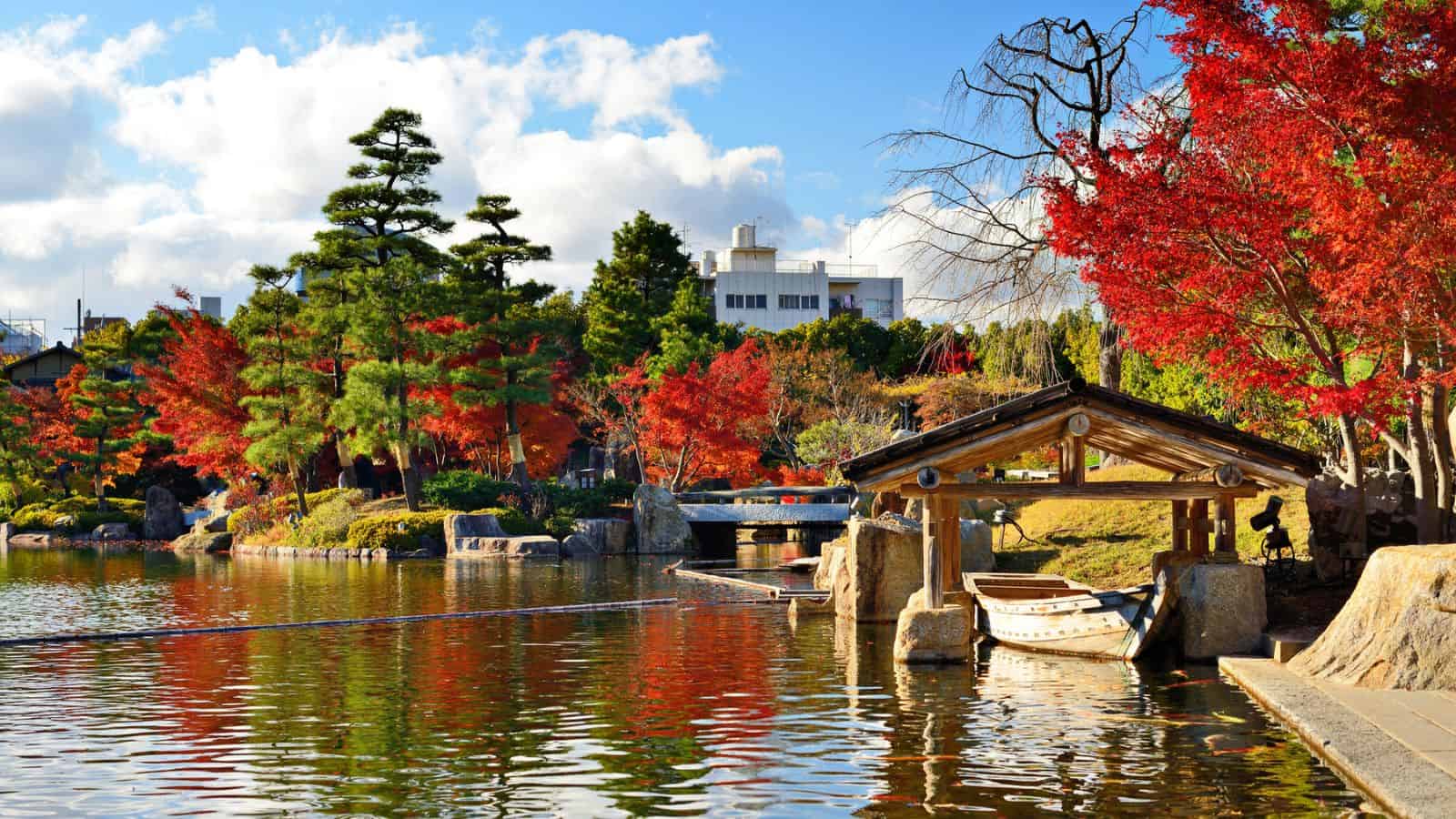
Often overlooked, Nagoya is Japan’s hub of innovation and craftsmanship. The city is home to Toyota’s origins and the SCMAGLEV Railway Park, which showcases futuristic trains. Nagoya Castle, with its golden shachihoko ornaments, adds a dose of history amid the modern skyline. The Osu shopping district offers quirky boutiques, vintage stores, and casual street eats. Nagoya’s food specialties—miso katsu, hitsumabushi (grilled eel), and tenmusu (shrimp rice balls)—are must-tries. Efficient transportation, fewer crowds, and a mix of tradition and tech make it a comfortable yet fascinating stop between Tokyo, Kyoto, and Osaka.
Takayama

Takayama, nestled in the Japanese Alps, feels like a step back in time. Its old town, Sanmachi Suji, preserves Edo-period wooden houses, sake breweries, and traditional shops. The morning markets sell local crafts and fresh produce, while nearby Hida Folk Village showcases mountain architecture. Takayama’s charm lies in its authenticity—quiet streets, local festivals, and warm hospitality. It’s also a perfect base for exploring the UNESCO-listed Shirakawa-go village, known for its thatched-roof farmhouses. Surrounded by forested mountains, Takayama captures Japan’s rural beauty, offering visitors peaceful immersion into history, culture, and everyday countryside life.
Kobe
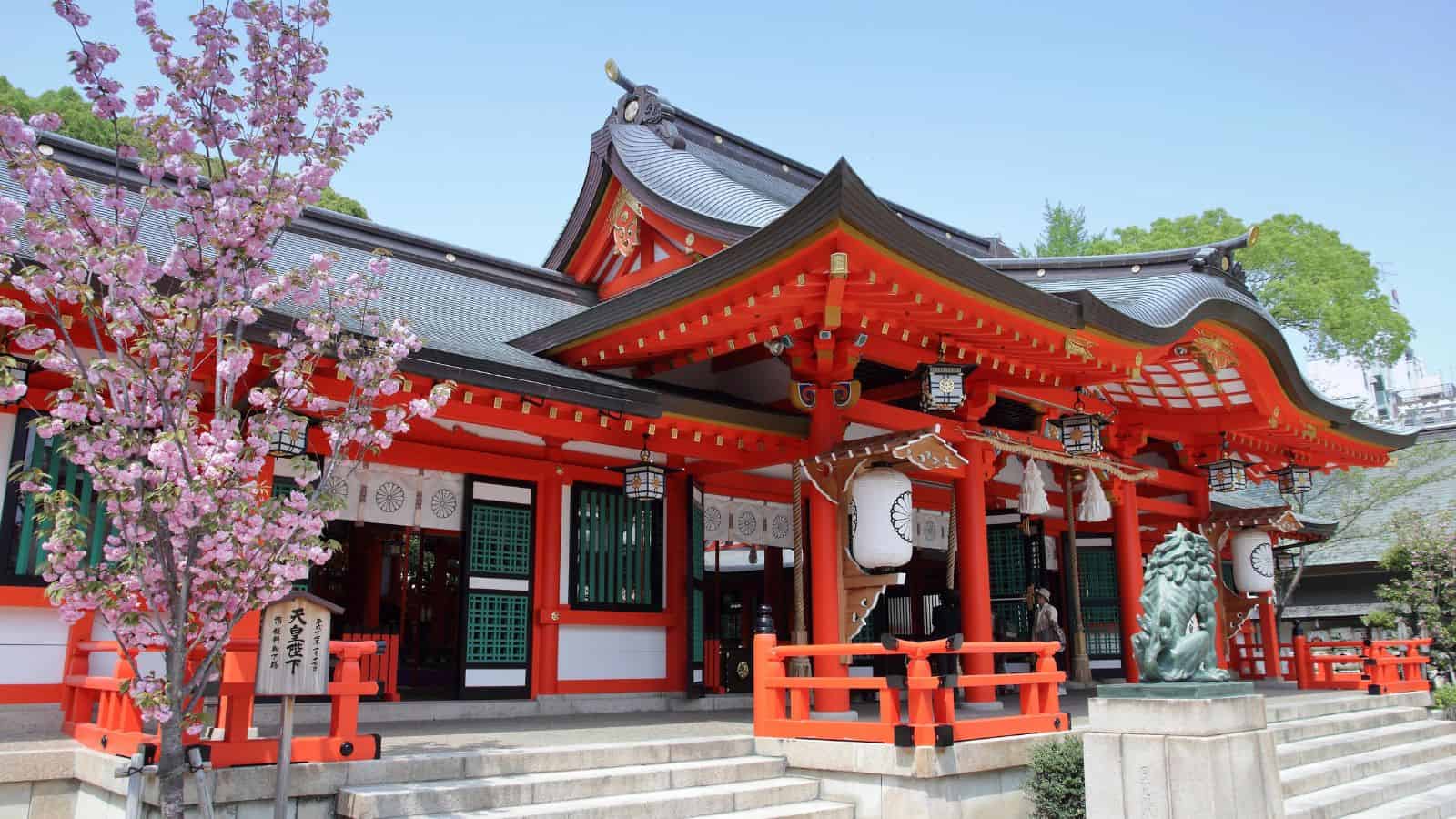
Kobe combines sophistication with a relaxed, cosmopolitan vibe. Located between mountains and sea, it’s famous for its world-renowned Kobe beef, scenic harbor views, and chic shopping streets. The city’s multicultural past is visible in the former foreign settlement area and the vibrant Chinatown district, Nankinmachi. Mount Rokko offers panoramic views, and nearby hot springs in Arima Onsen invite relaxation. After the 1995 earthquake, Kobe rebuilt itself beautifully, blending resilience with elegance. With its food, waterfront, and calm atmosphere, Kobe provides a refreshing contrast to Japan’s larger, busier cities while keeping a distinctly international spirit.
A Journey Beyond Tokyo

Exploring Japan beyond its capital reveals a country layered with culture, history, and natural beauty. Each city tells its own story—from Kyoto’s ancient temples to Sapporo’s snow festivals—and together, they create a portrait of Japan that’s richer and more diverse than what most travelers expect. These places showcase the country’s heart through quiet traditions, regional dishes, and timeless artistry.
With these must-visit cities, every trip becomes a chance to experience Japan from a new perspective. Whether strolling through peaceful gardens, admiring castle views, or meeting locals in small markets, travelers can connect with the country in a more personal way. So, step beyond Tokyo’s skyline and let the rest of Japan reveal its quiet magic, one destination at a time.
13 Things About Japan That Catch Tourists Off Guard
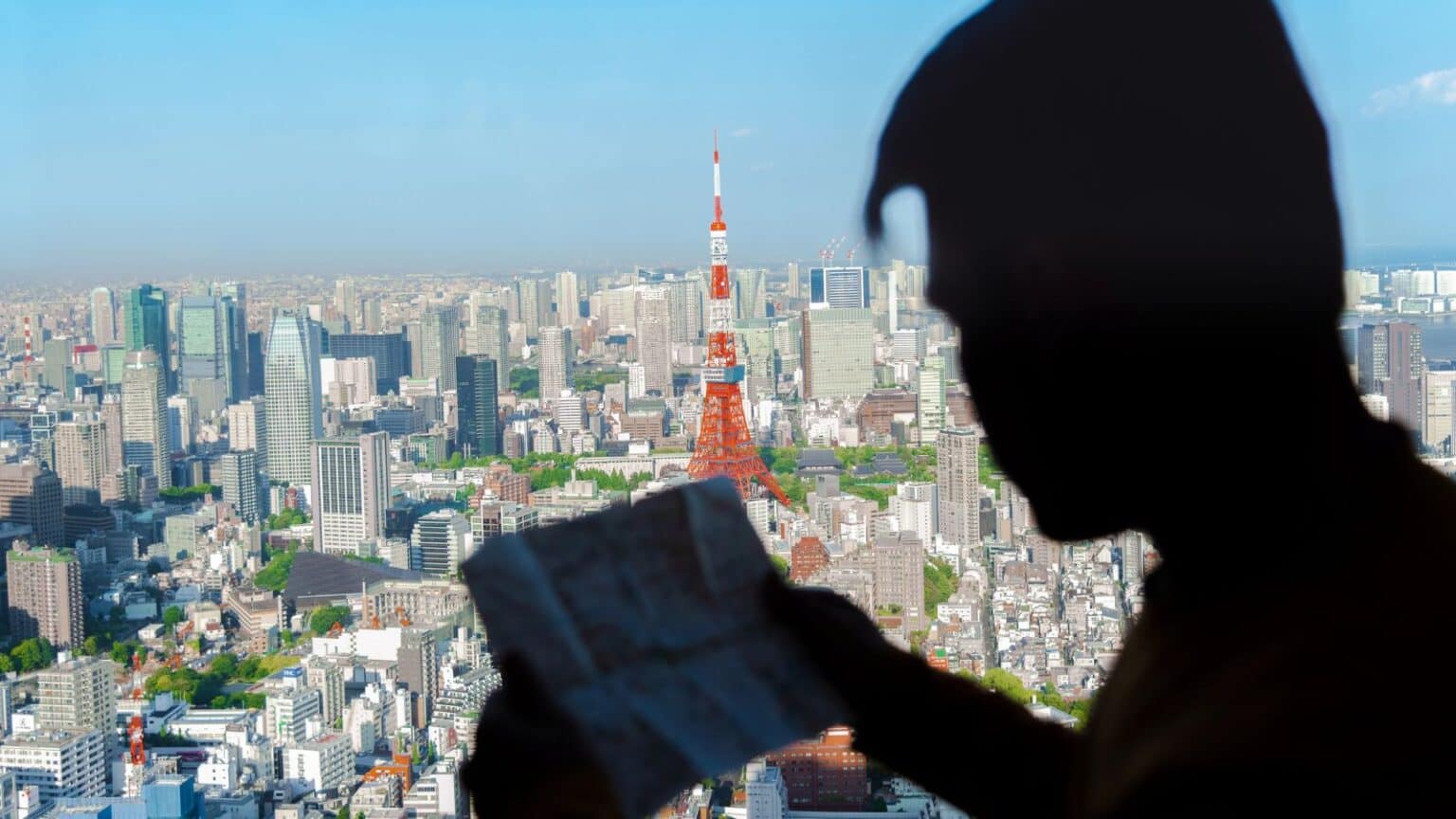
Japan is a country that captivates travelers with its unique blend of modernity and tradition. However, even the most prepared tourists often find themselves surprised by certain aspects of the culture, lifestyle, and daily life that are distinctly Japanese. From its meticulous etiquette to its technological marvels, there’s a lot more to Japan than meets the eye.
Read More Here: 13 Things About Japan That Catch Tourists Off Guard
9 Shops in Japan That Tourists Can't Stop Talking About

Japanese stores are so underrated. Japan is renowned for its fascinating blend of tradition and innovation, and the shopping scene is no exception. From quirky boutiques to luxury department stores, nine shops in Japan that tourists can’t stop talking about have earned global recognition for their distinctive offerings. These stores aren't just places to shop—they’re destinations that provide a unique cultural experience, showcasing everything from rare collectibles to the latest trends.
Read More Here: 9 Shops in Japan That Tourists Can't Stop Talking About



